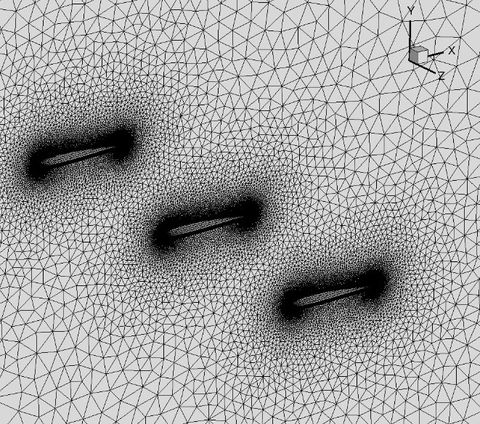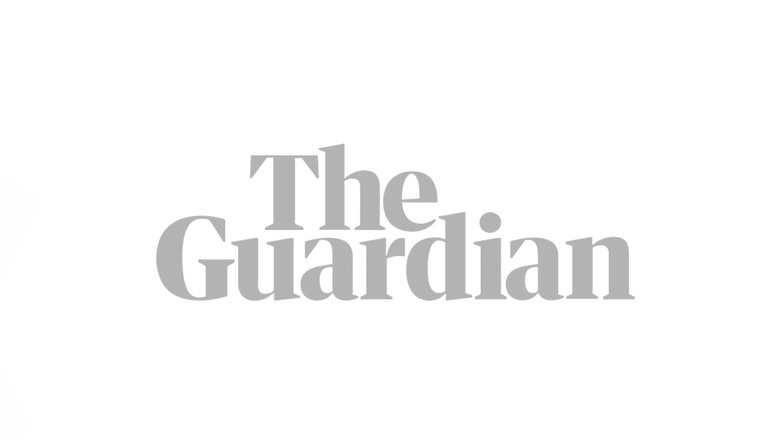

Pioneering next generation aircraft,
for a more sustainable aviation future
Our Vision
Exciting new technologies like electric motors, batteries, and sustainable aviation fuel (SAF) are paving the way for a greener future in aviation!
We've embarked on an incredible journey to create a ground-breaking air asset, featuring hybrid-electric propulsion — an immediate solution to kickstart the NetZero transition.
While full NetZero flight is on the horizon, we believe that combining sustainable aviation fuel with electric motors can revolutionize regional air transport for people and cargo, making it economically viable!
Imagine the potential of thousands of underutilized local airfields transforming into a vibrant daily transportation network, providing time-saving, hassle-free regional travel that truly enhances social mobility.
Curious about the future of regional air transport? Tune in to our Founder and CEO, Neil Cloughley, as he shares our vision for hybrid-electric regional flight in an engaging discussion with BBC journalist Theo Leggett on the Business Daily podcast series!

About Us
Faradair burst onto the scene in 2014 to propose next generation 'duel-tech' air assets in both manned and unmanned configurations.
With decades of commercial and military aviation expertise, our core team is equipped with the market knowledge to revolutionize regional flight for cargo and passengers alike.
Included within that, is past experience evolving pioneering Unmanned Air Vehicle (UAV) assets, where many of today's commonly seen aircraft, follow designs developed 35 years ago by Faradair team members.
Over the past 10 years, our ground-breaking vision for hybrid-electric regional flight has gained widespread recognition as the most promising near-term opportunity for sustainable aviation.
Our commitment to hybrid-electric flight is celebrated as a vital step toward sustainable aviation, and PwC named Faradair 'one to watch' in its NetZero Future Fifty report, thanks to the vision and experience of our founding team.
Plus, we’re proud to have received the inaugural 'Sir Michael Marshall Award for Sustainability in Aviation' for our innovative vision of hybrid-electric regional flight!
As a new airplane manufacturer of both manned and unmanned assets, we are working toward 'proof of concept' flights of our first large prototype within just a couple of years!
Here we bring you glimpse of the layout and core propulsion methodology for our aircraft, but the full and final design is still in development and yet to be revealed.
Subject to ongoing investment discussions, we hope to share more in the coming months.

Experience
Sustainability
Innovation
BEHA
–––
Bio Electric Hybrid Aircraft
Low Costs
–––
Reduced operational costs versus existing aircraft
Low Noise
–––
Propulsion via quiet electric motors & ducted fans
Low Emissions
–––
Certified turbine generator reducing fuel burn (JetA/SAF) & emissions
Design Evolution
The company is evolving an innovative, clean-sheet design, aircraft concept, that utilises a unique and proven wing configuration for Electric Short Take-Off and Landing (E-STOL) from runways of less than 300m (984ft).
Team
Expertise. Passion. Track Record.
One of the most experienced commercial aviation founding teams within the new Advanced Air Mobility market, the Faradair executive team have excellence in aerospace, engineering, design, operations, military and finance









































